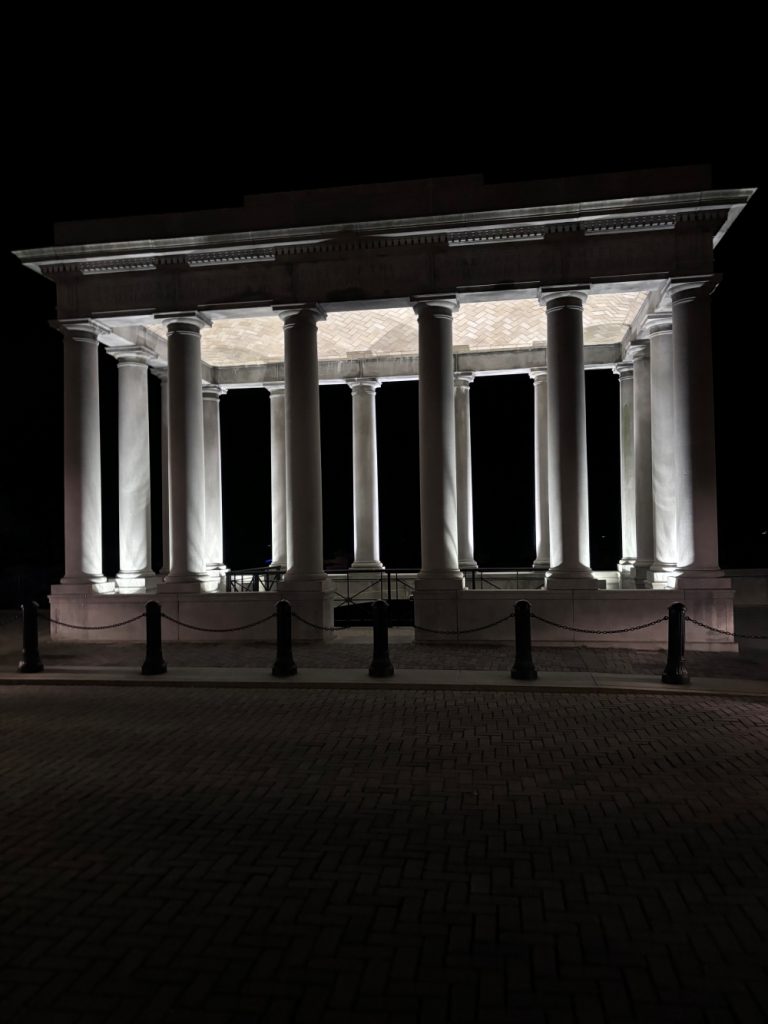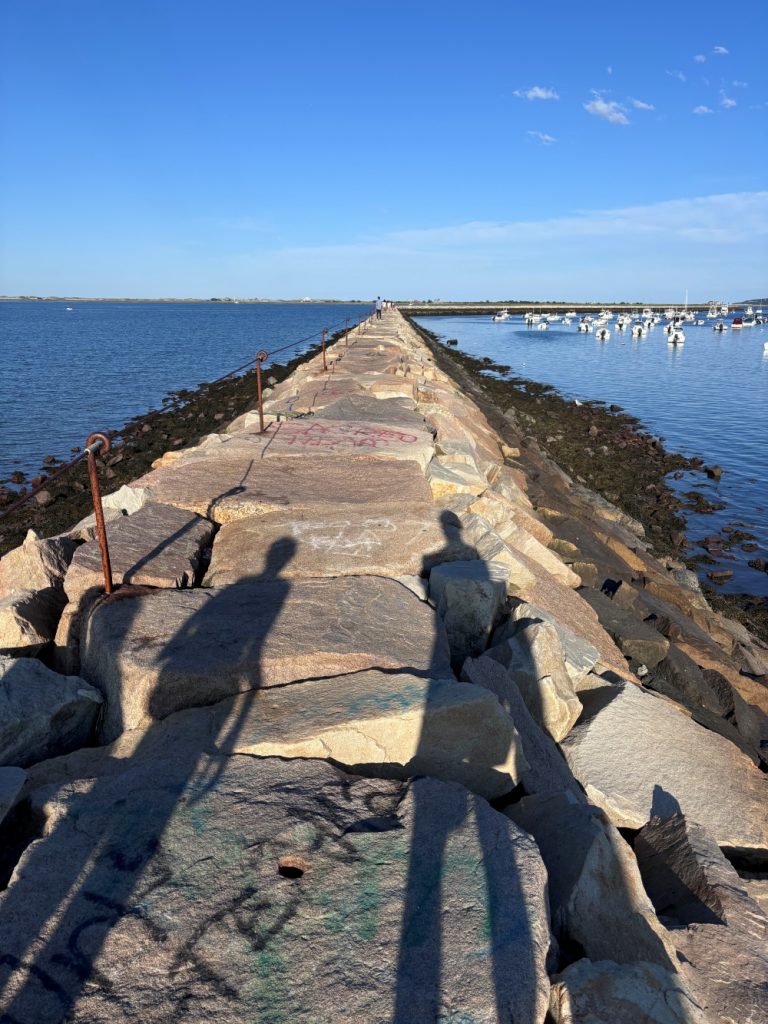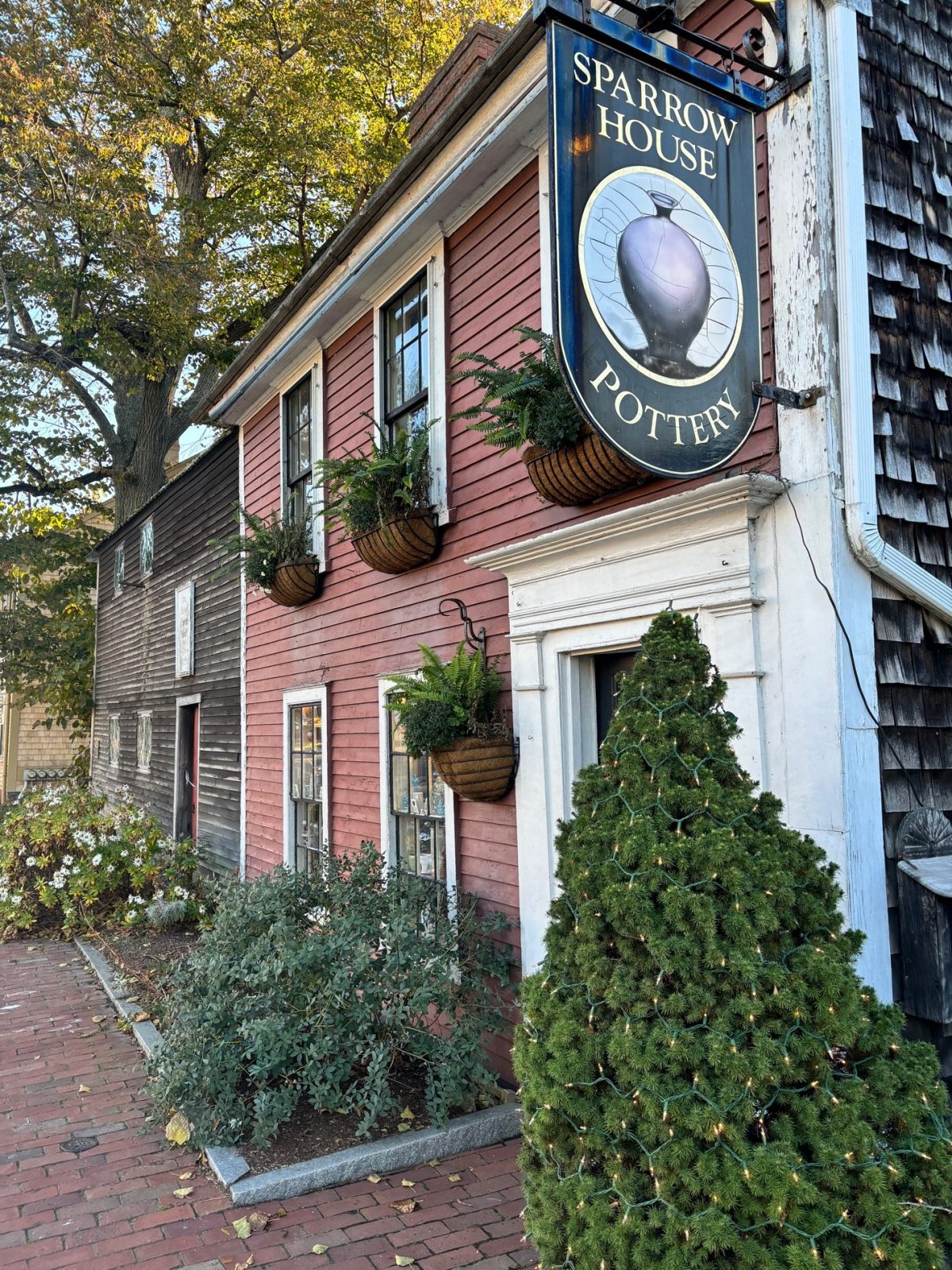If you are on Facebook there is a good chance you are familiar with an infamous – and popular – page that discusses daily life in Plymouth. Recently, I followed a discussion that got nasty and, inevitably, someone threw down the “townie” card. Somehow, having been born and raised here – whether you are a second generation Plymouthean or 12th generation – is supposed to give you cachet over someone who moved here from elsewhere.
This reminded me of a conversation I had a few years ago. I was giving a lecture at Pilgrim Hall Museum and was approached by a townie who requested information about the lecture. His last comment to me as we parted was: “You know, I’ve lived here my entire life, and I have never been to Pilgrim Hall.”
We are a town of amazing buildings, museums, landmarks, and monuments. The question is, have you been to some of the places that make up what I consider quintessential Plymouth, especially if you are someone who proudly wears your townie badge?
First on the list is the Pilgrim Hall Museum itself. Constructed in 1824 and celebrating its 200th anniversary, Pilgrim Hall is home to the possessions of the Pilgrims – and so much more. By far my favorite is the museum’s extensive collection of late 19th century photos of Plymouth residences and buildings. Available by appointment for research through the museum’s archivists, I’ve long based my lectures at the Hall on the collection. There’s no excuse not to visit the Hall; after all it’s free for Plymouth residents. (A major renovation is now underway, but the museum remains open regular hours.)
In the same vein, Plymouth has several historic house museums. Three are owned and operated by the Plymouth Antiquarian Society and include the 1677 Harlow House, the 1749 Spooner House, and the 1809 Hedge House.
Also available to tour are the 1640 Sparrow House, the 1667 Jabez Howland House, and the 1754 Mayflower Society House. This amazing collection of homes are toured by visitors from around the world but are rarely, if ever, visited by Plymouth residents.

Even more surprising are folks who have never seen “the Rock.” I’m sorry, but a drive by or walk by doesn’t count. OK, like countless others I once ridiculed and downplayed its size and significance. As an adult, however, I am quick to remind folks that size doesn’t matter (insert your laughter).
The Rock represents not only our identity, but the entire reason we have a town here. During the time that Mayflower II was under restoration, I gave waterfront tours for Plimoth Patuxet Museums. (Insert snide townie comment that it will always be Plimoth Plantation.) During the tour I tried to paint the picture of our waterfront, which was similar to the area north of Nelson Park. Our waterfront, 400 years ago, was shallow and filled with marsh grass and Town Brook was at least four times as wide as it is now. Somewhere in that area was a large upright glacial erratic (fancy name for a huge boulder).
Our Rock served as a wayfinder for those poor souls in 1620 who had just rowed their shallop for over an hour. The trip began in the vicinity of Bug Light where the Mayflower was anchored…and it was December. The Rock takes on a different light when you picture it that way. If it doesn’t, at least acknowledge the current portico over the Rock was designed by the greatest architectural firm of the 19th and early 20th century: McKim, Mead, and White.
But Plymouth Rock is just the beginning. Two other rocks should be on your radar as well. The first is Sacrifice Rock on Old Sandwich Road. This rock is believed to be an ancient Wampanoag ceremonial site. It is thought that leaving a token gift on the rock would appease the spirits and provide safe passage. The second rock is Cleft Rock, which is found at the top of the Pine Hills along State Road. On the east side of State Road is the entrance to the eight-acre Cleft Rock park. A short walk in from State Rock is a massive boulder formation with a tight passage between two of the boulders. A third boulder forms a roof. Without trees the views from Cleft Rock would range from the Cape Cod Canal to downtown Plymouth. It would also include Plymouth Beach, our next stop.
Stretching three miles out from the Eel River, Plymouth Beach protects our inner harbor from Cape Cod Bay. Home to trees when the Pilgrims arrived, a Victorian Hotel in the late 19th century, and uncontrolled access during my teens and early twenties, Plymouth Beach is a never-ending topic on social media. It is still open and available year-round to anyone wanting to make the six-mile walk to the point and back. Complaining about the obstacles to driving past the parking lot at the beach is commonplace; hiking to the point, however, is as rare as the birds that prevent vehicle access.

Even rarer are the number of locals who have walked to the end of the Plymouth Harbor Breakwater. Constructed in the late 60s, the breakwater is 3,500 feet in length and protects our inner harbor. It’s one of the best places to watch the 4th of July fireworks.
Of course, the Fourth of July in Plymouth is one of my favorite days. The parade and fireworks are about as Plymouth as you can get. But I have to confess there is another parade in Plymouth that even I have yet to witness. The parade that has eluded the check on my townie card is the Forefathers Day parade, typically held on December 22, the day the Pilgrims arrived in Plymouth. Organized by the members of the Old Colony Club, the parade kicks off at 6 a.m. and follows a route from the club’s headquarters on Court Street to Coles Hill. At Coles Hill, a proclamation is read and the club’s cannon is fired. You may have seen the members marching on July 4 in their black jackets and matching black top hats but seeing them in the predawn hours of a freezing December morning gives you townie points few can claim.
Beyond Forefathers Day, there is an entire monument in Plymouth dedicated to the Pilgrim fathers and mothers. Rising 81 feet on a hill overlooking downtown, the cornerstone for the National Monument to the Forefathers was laid in 1859 and completed in 1888. It’s said to be the tallest solid granite monument in the United States. Yet how many of you have taken the time to venture to the park at the top of Allerton Street? Not many, I would wager.
The Forefathers monument was a suggestion from one of my officemates when I posed the question: “What Plymouth landmarks are most likely to not be visited by townies?”
The list was long and included another rock, Pulpit Rock on Clark’s Island (not checked on my bingo card!). Then there is Clark’s Island itself, the Gurnet lighthouse, Saquish Beach, the State Forest, Hio Hill, Ellisville State Park, Morton Park, the First Parish Church, the Sarcophagus, and so many more.
What do you say, townies and non-townies alike? What’s on your list of Plymouth landmarks, events, or landscapes that you are proud to have been to – or, conversely, never seen at all? Drop me a line, or better yet, write a letter to the Plymouth Independent for inclusion in the “Your View” section. I’m looking forward to reading your notes.
As a postscript, it was not until I wrote this article that I really thought about what generation of Plymouthean I am. For the record, it’s third.
Architect Bill Fornaciari is a lifelong resident of Plymouth (except for a three year adventure going West as a young man) and is the owner of BF Architects in Plymouth. His firm specializes in residential work and historic preservation. Have a question or idea for this column? Email Bill at billfornaciari@gmail.com.

